1. Sit

One of the most basic commands, “sit” helps keep your dog calm and controlled in almost any situation. Whether you’re waiting at the vet’s office or about to cross the street, this is a must-learn.
2. Stay
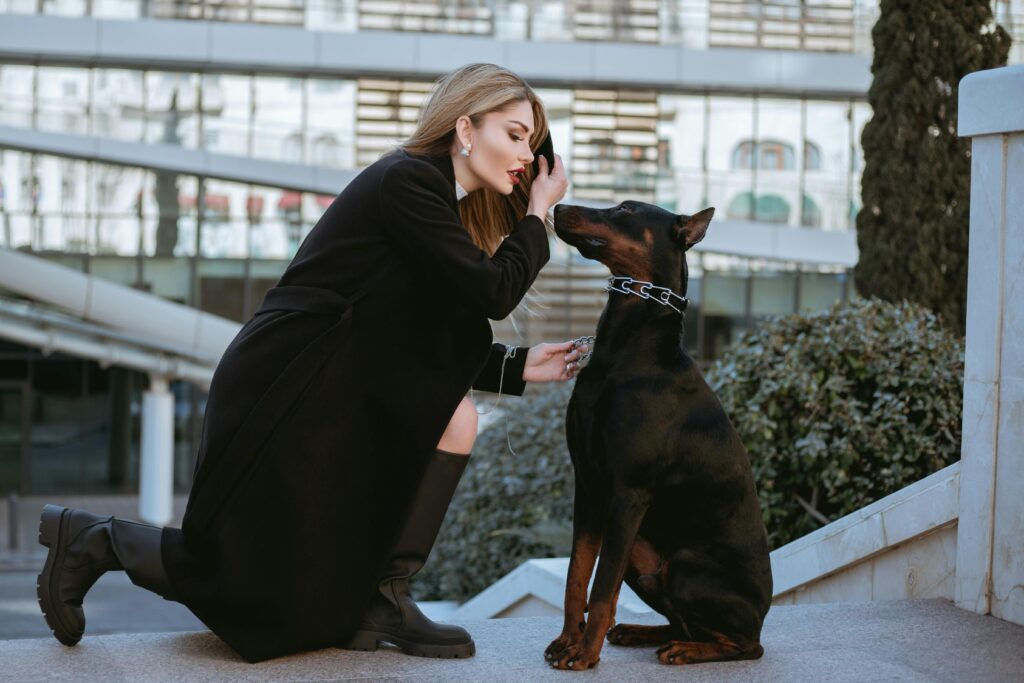
Once your dog has mastered “sit,” teaching “stay” is the next step. It helps keep your dog in one spot, even when distractions are around—essential for safety and discipline.
3. Come
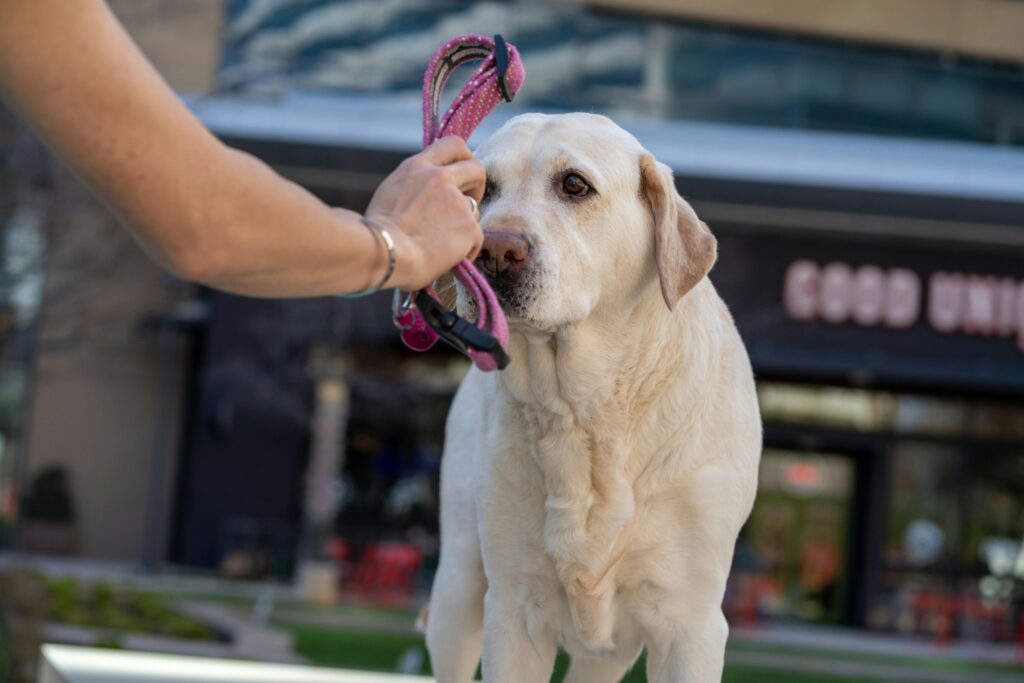
This command could save your dog’s life. “Come” ensures your dog returns to you, no matter what. Perfect for off-leash situations or those times when your dog gets a little too curious!
4. Down
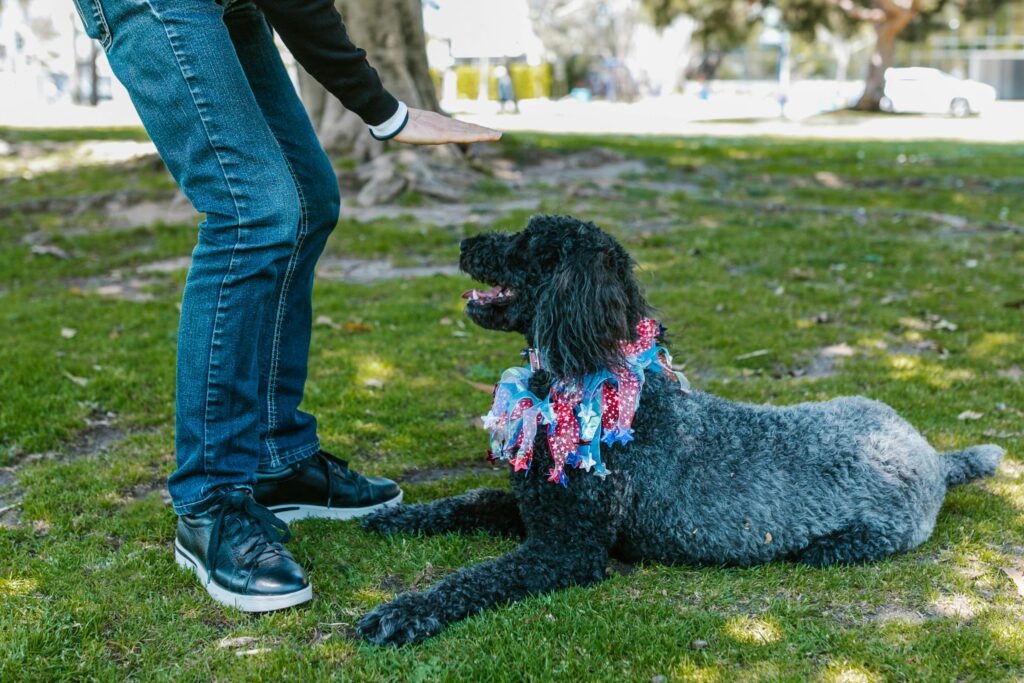
Teaching “down” is great for when you want your dog to relax and be in a calm, submissive position. It’s especially useful when guests are over, and you need your dog to settle down.
5. Leave It
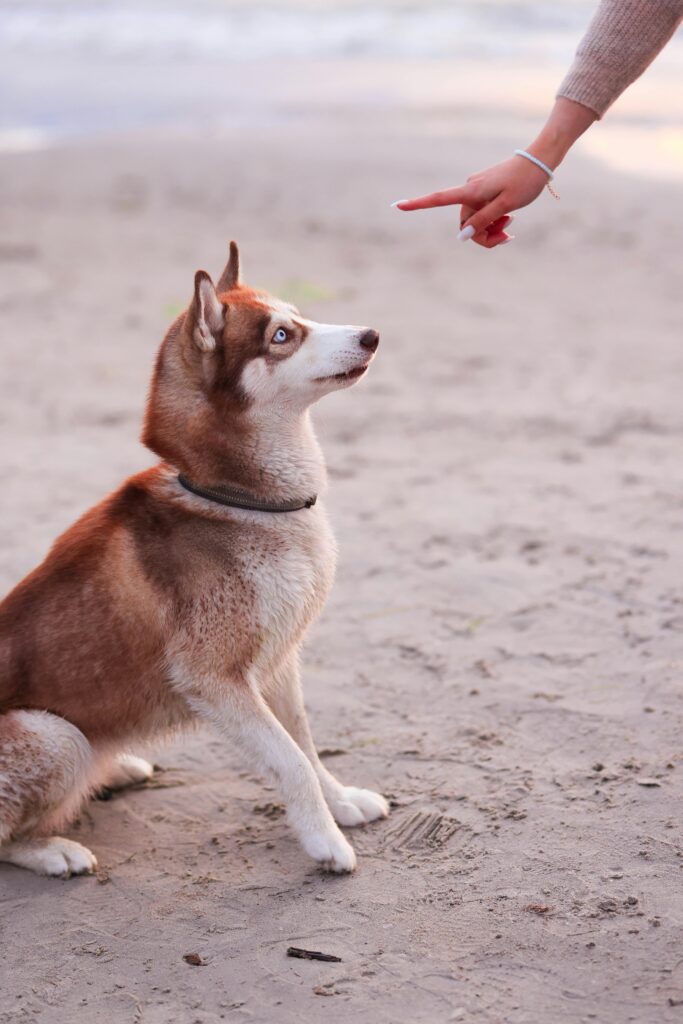
Curious dogs love to explore with their mouths. “Leave it” is essential for keeping your pup away from dangerous objects or food they shouldn’t eat. Plus, it helps with impulse control.
6. Drop It
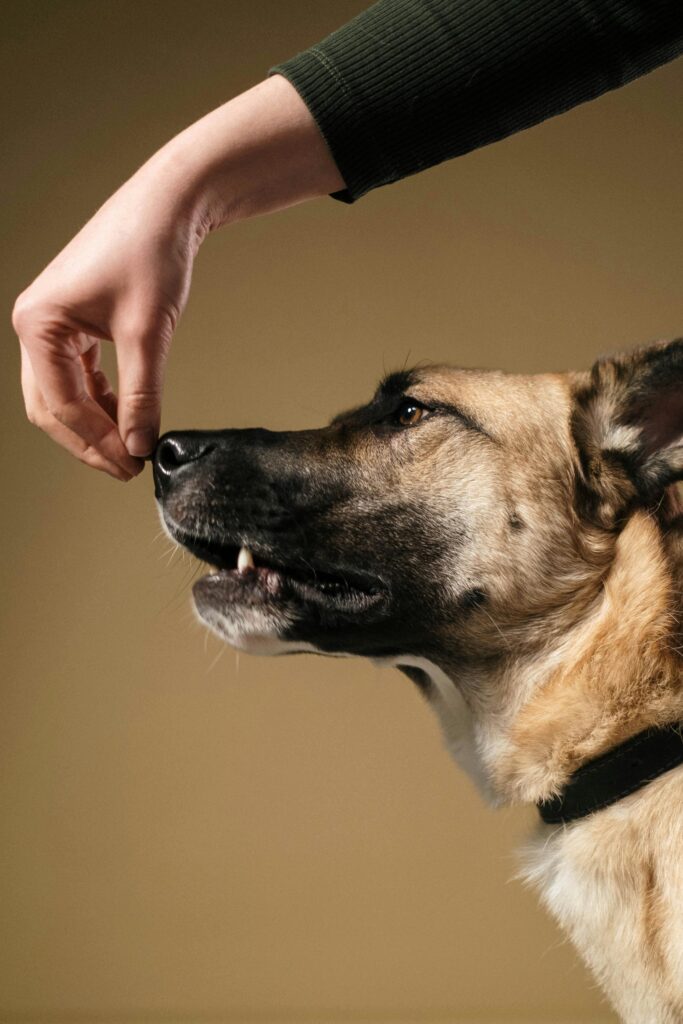
When your dog grabs something they’re not supposed to have, “drop it” is your go-to command. Whether it’s a toy, a shoe, or something dangerous, this command keeps both your pup and your belongings safe.
7. Heel
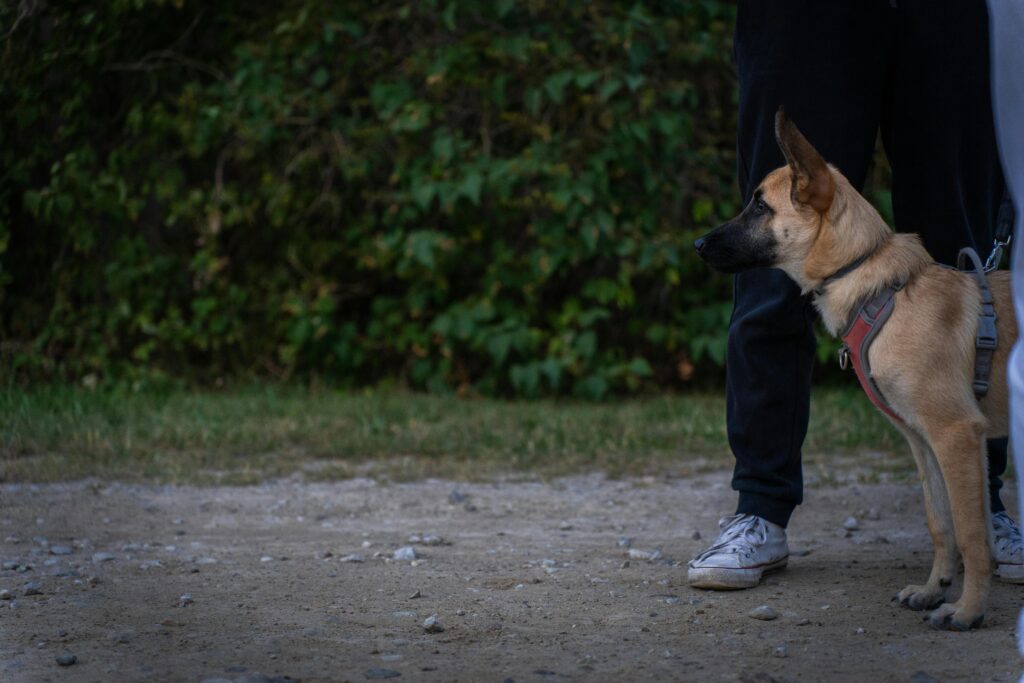
Walking your dog without them pulling on the leash is a dream come true, right? Teaching “heel” helps your dog stay by your side, making walks more enjoyable for both of you.
8. Off
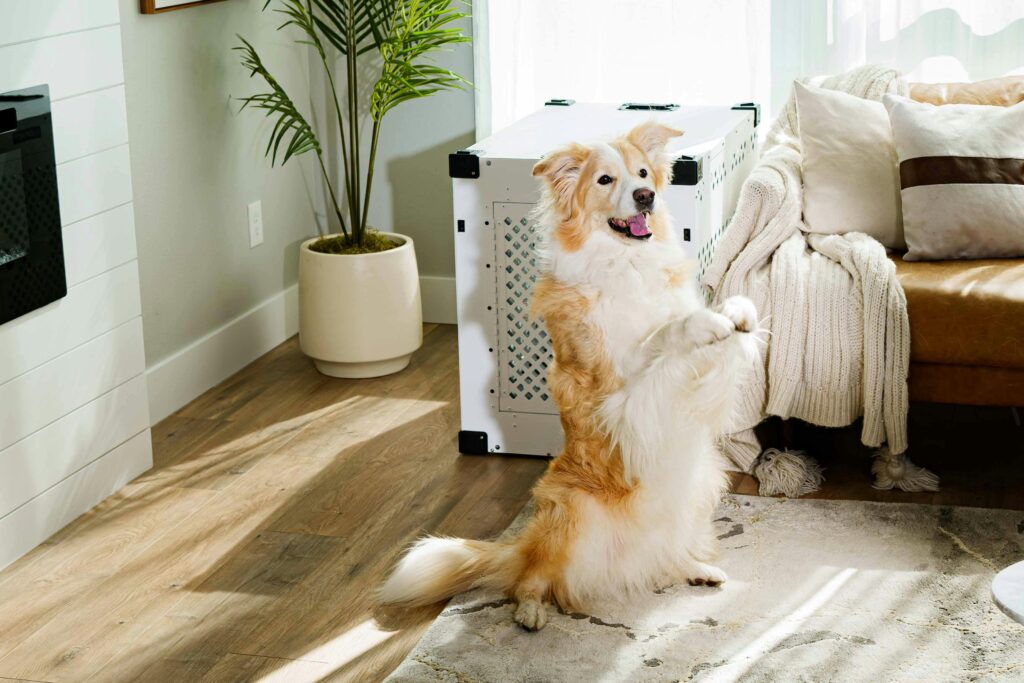
If your dog loves jumping on furniture or people, “off” is a must-know. This command teaches them to stay grounded and polite, especially when visitors arrive.
9. Wait

“Wait” is like a pause button for your dog. Whether at the door before going outside or at mealtime, it teaches them patience and self-control until you give them the go-ahead.
10. Watch Me
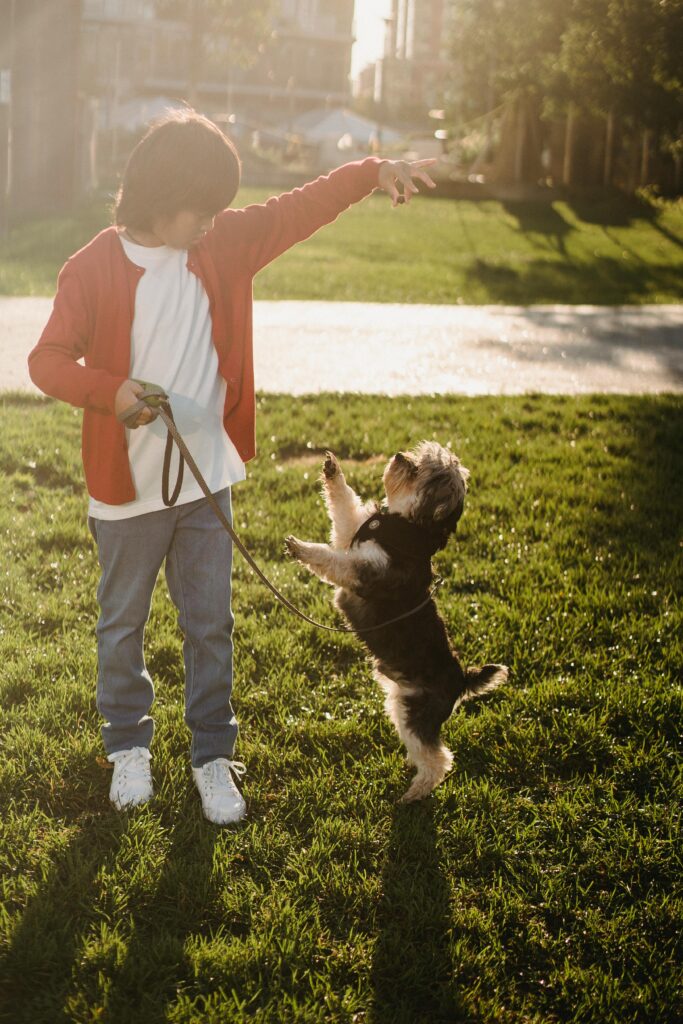
Getting your dog’s attention can be tough when distractions are everywhere. “Watch me” helps your dog focus on you, perfect for when you need their full attention during training or busy environments.
11. Go to Bed
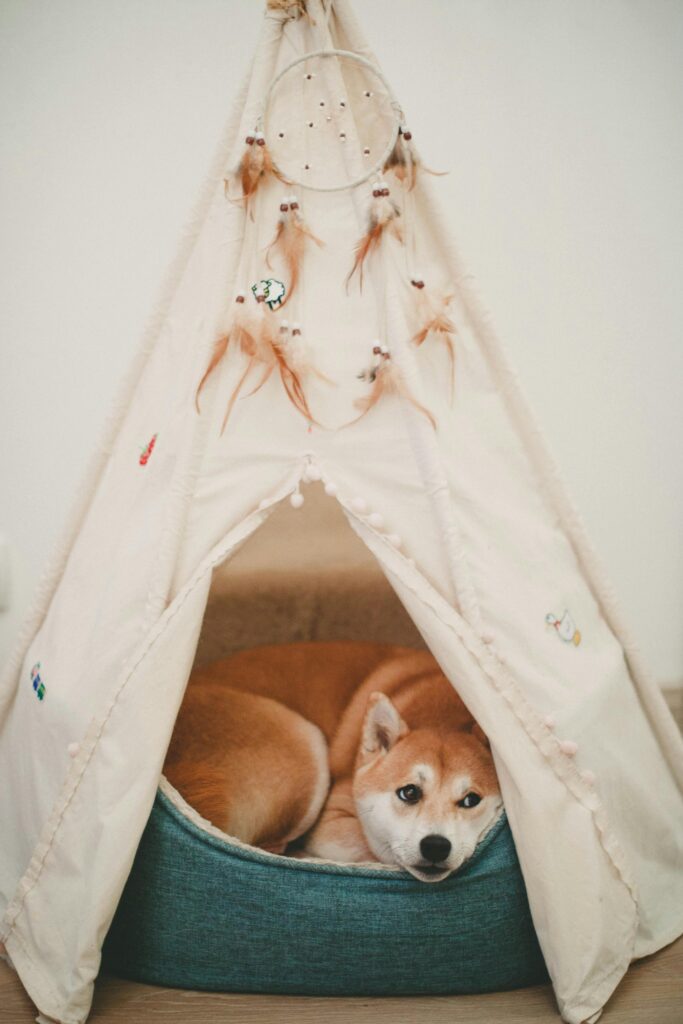
When it’s time for your dog to settle down, “go to bed” is a great command. It teaches them to relax in a specific spot, whether that’s their bed, crate, or another designated area.
12. Wait at the Door
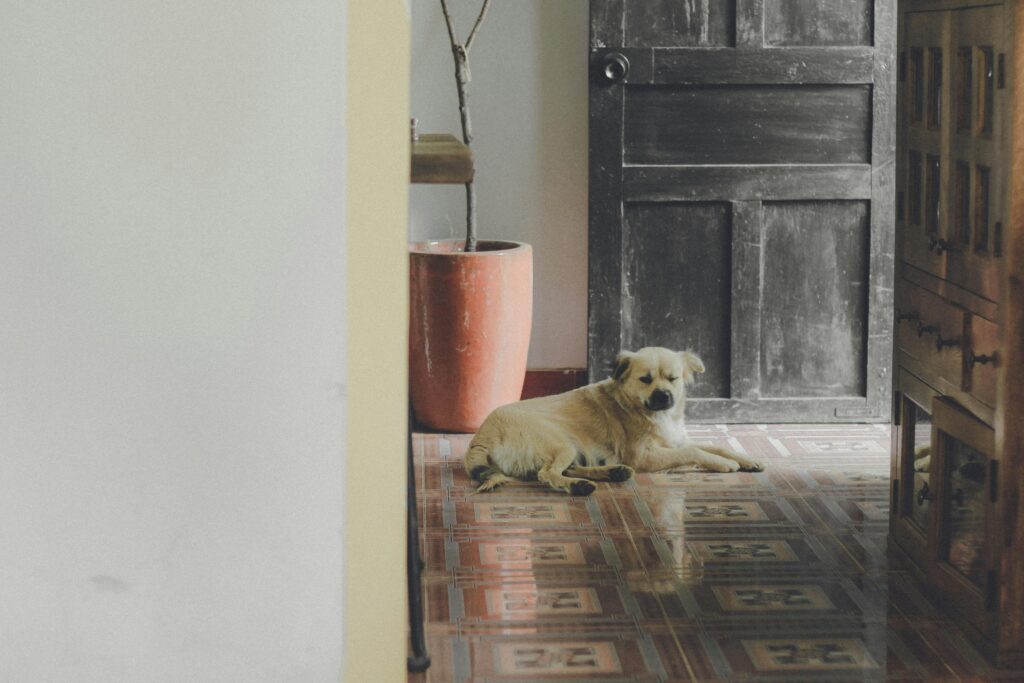
This is a variation of “wait” but specific to doors. Teaching your dog to wait before rushing through the door keeps them from bolting outside unexpectedly—important for their safety.
13. Touch
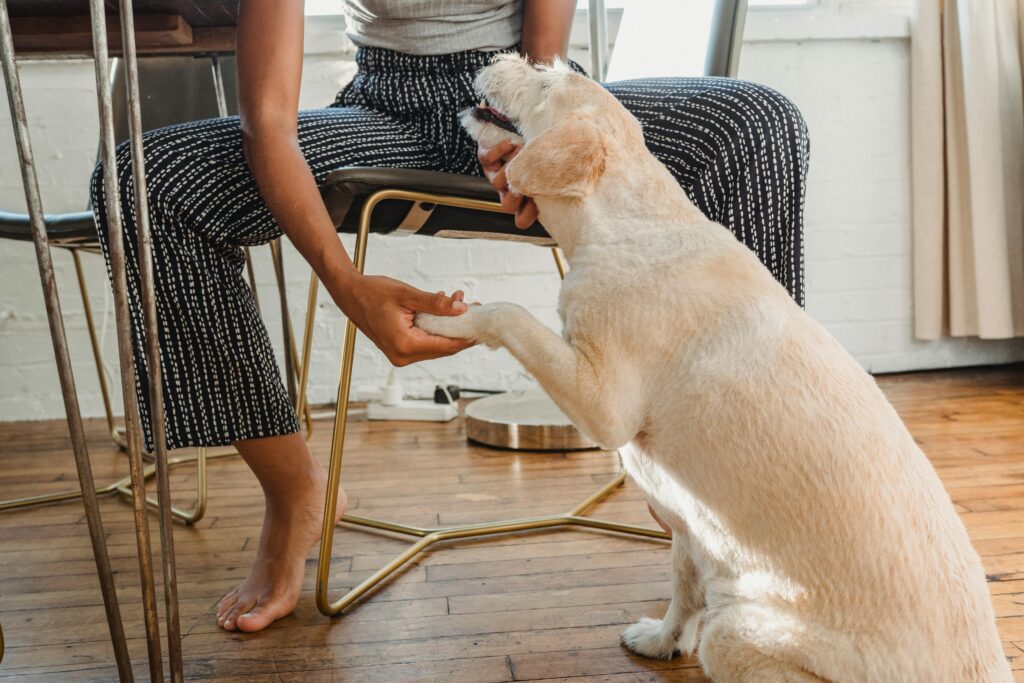
Teaching “touch” (where your dog touches their nose to your hand) is a fun and useful command that can help redirect them in various situations. Plus, it can come in handy for teaching more advanced tricks later on.
14. Place
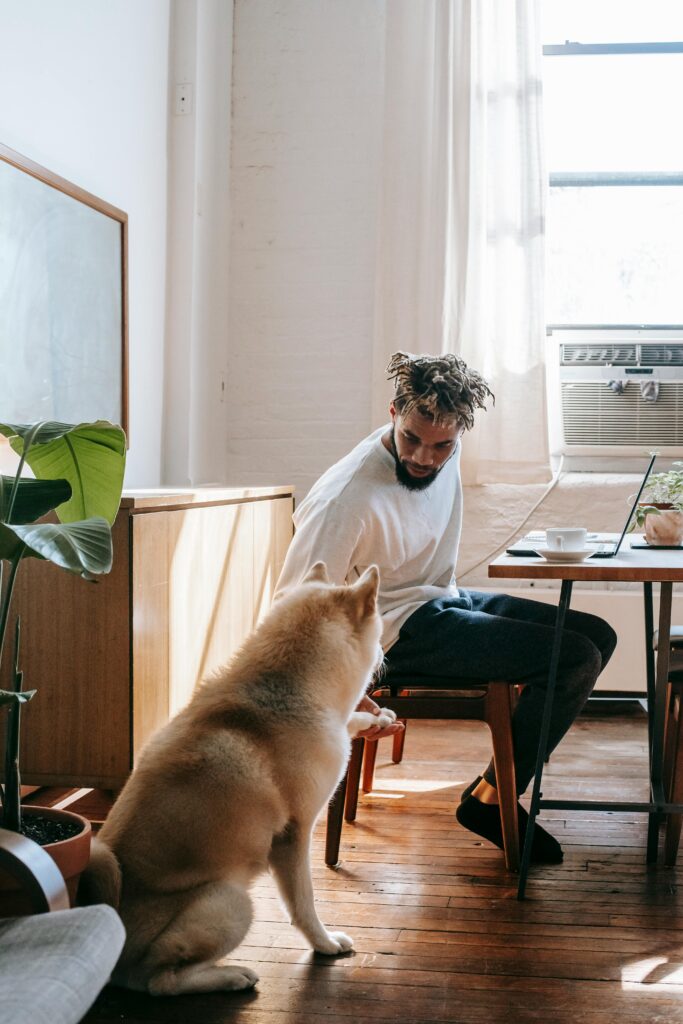
“Place” helps your dog go to a specific spot and stay there until released. It’s perfect for managing their behavior when things get busy at home or during mealtime, giving them a calm space to relax.


